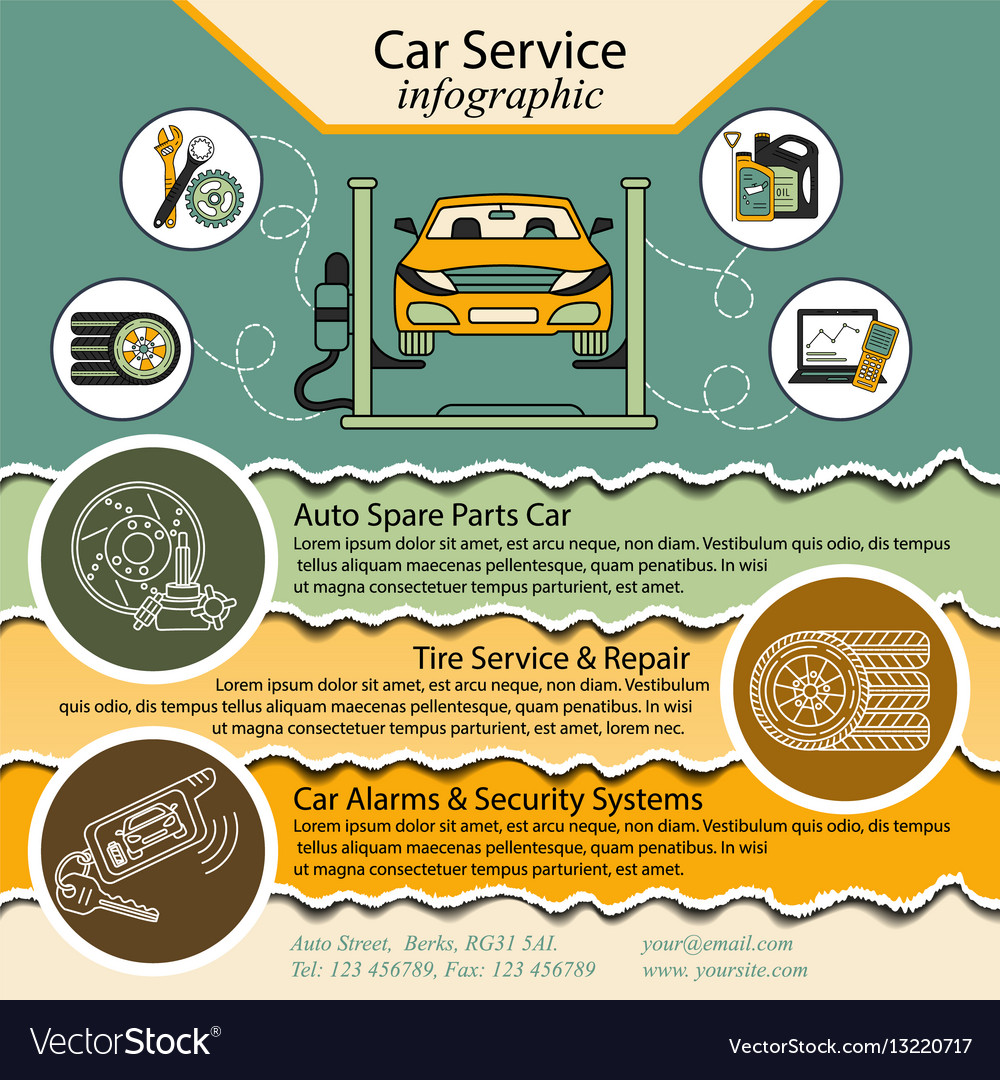Eager To Know What The Control Panel Caution Lights In Your Vehicle Signify? Explore Their Definitions For The Wellness And Security Of Your Car
Eager To Know What The Control Panel Caution Lights In Your Vehicle Signify? Explore Their Definitions For The Wellness And Security Of Your Car
Blog Article
Post By-Faulkner Winters
When you're behind the wheel, those glowing caution lights on your dashboard can be a little bit perplexing. Do you recognize what they're attempting to inform you about your vehicle's wellness? Recognizing the relevance of these lights is crucial for your safety and the longevity of your automobile. So, the next time among those lights pops up, wouldn't you intend to decipher its message precisely and take the essential actions to resolve it?
Common Caution Lighting and Interpretations
Determine common caution lights in your car and understand their meanings to make sure risk-free driving.
One of the most typical caution lights include the check engine light, which signals issues with the engine or emissions system. If this light comes on, it's critical to have your vehicle examined quickly.
The oil pressure cautioning light indicates reduced oil pressure, needing immediate focus to avoid engine damages.
A flashing battery light may suggest a malfunctioning charging system, possibly leaving you stranded if not attended to.
The tire stress tracking system (TPMS) light alerts you to reduced tire pressure, affecting car security and fuel performance. Neglecting this might cause dangerous driving problems.
The abdominal muscle light shows a trouble with the anti-lock stopping system, endangering your capacity to quit promptly in emergency situations.
Finally, the coolant temperature level alerting light warns of engine getting too hot, which can cause serious damages if not solved swiftly.
Understanding these usual warning lights will assist you attend to issues immediately and preserve safe driving problems.
Significance of Prompt Interest
Recognizing the common warning lights in your automobile is just the initial step; the value of immediately resolving these cautions can not be highlighted enough to guarantee your safety when driving.
When a warning light illuminates on your control panel, it's your auto's method of interacting a potential problem that requires interest. Overlooking these warnings can bring about a lot more extreme troubles in the future, jeopardizing your security and possibly costing you much more out of commission.
Trigger interest to warning lights can avoid breakdowns and mishaps. As an example, a blinking check engine light could suggest a misfire that, if left neglected, might trigger damage to the catalytic converter. Resolving this quickly can save you from a pricey repair work.
Likewise, a brake system cautioning light could indicate reduced brake fluid or worn brake pads, important components for your safety when driving.
DIY Troubleshooting Tips
If you observe a caution light on your control panel, there are a couple of do it yourself repairing pointers you can try before seeking professional assistance.
carvaleteastauckland is to consult your auto's handbook to understand what the particular caution light suggests. In some cases the issue can be as easy as a loose gas cap triggering the check engine light. Tightening up the gas cap may resolve the issue.
Another common issue is a low battery, which can set off various cautioning lights. Checking the battery connections for deterioration and guaranteeing they're protected could take care of the problem.
If a caution light continues, you can try resetting it by detaching the automobile's battery for a couple of minutes and after that reconnecting it. In https://car-ecu-tuning72716.theideasblog.com/30717850/all-set-yourself-to-look-into-the-globe-of-vehicle-repair-where-shocking-insights-wait-for-that-will-certainly-improve-your-viewpoint-you-ll-be-shocked-by-what-has-escaped-your-notification , inspecting your vehicle's fluid levels, such as oil, coolant, and brake fluid, can help fix warning lights connected to these systems.
Conclusion
Finally, recognizing your automobile's warning lights is crucial for keeping your vehicle running efficiently and safely. By quickly resolving these notifies and recognizing what they imply, you can prevent pricey repairs and potential break downs.
Keep in mind to consult your cars and truck's handbook for particular details on each warning light and take action accordingly to ensure a trouble-free driving experience.
Remain informed, stay risk-free when driving!
